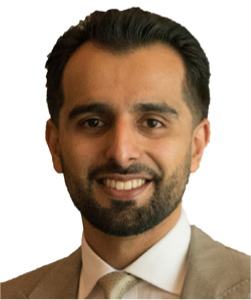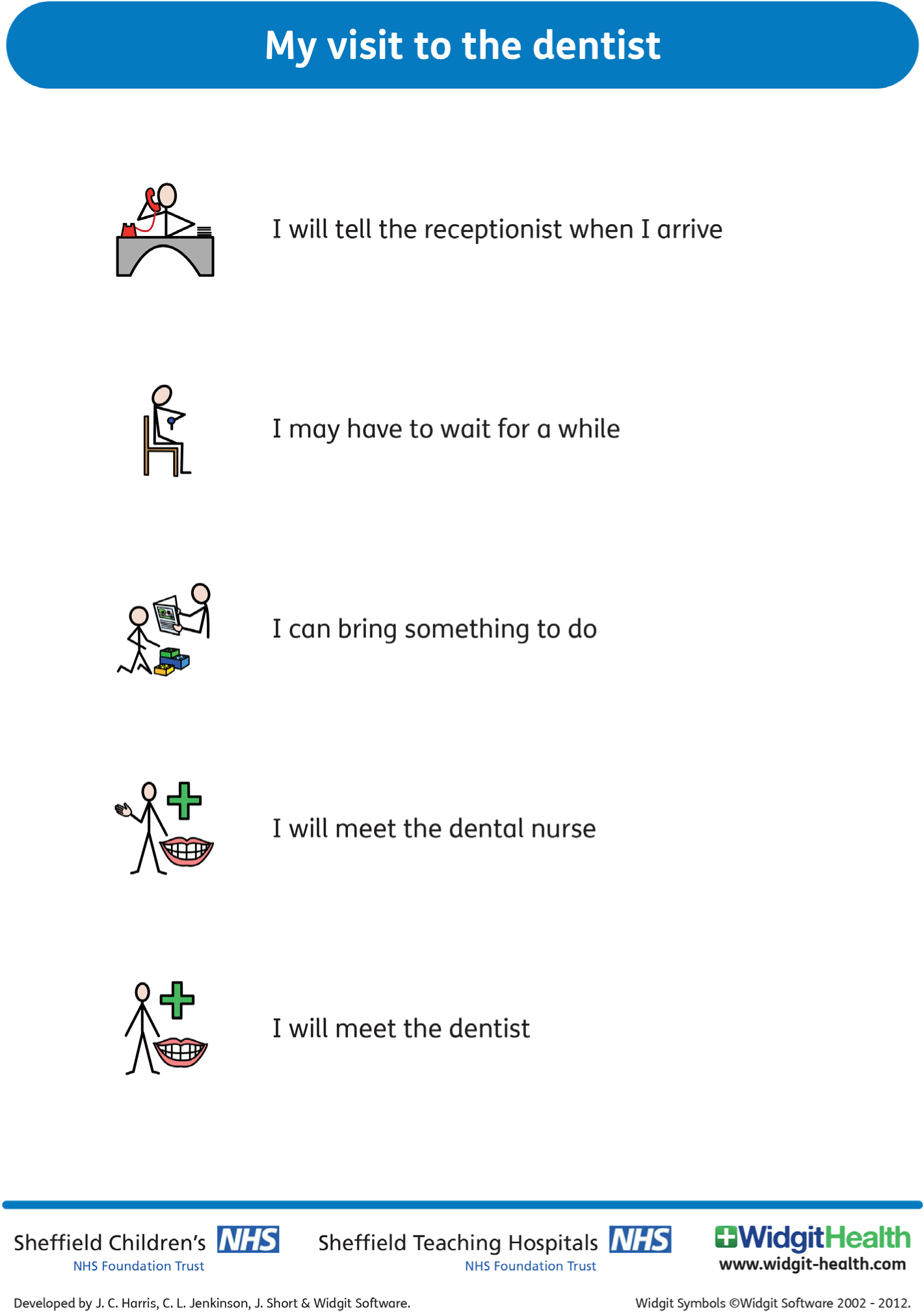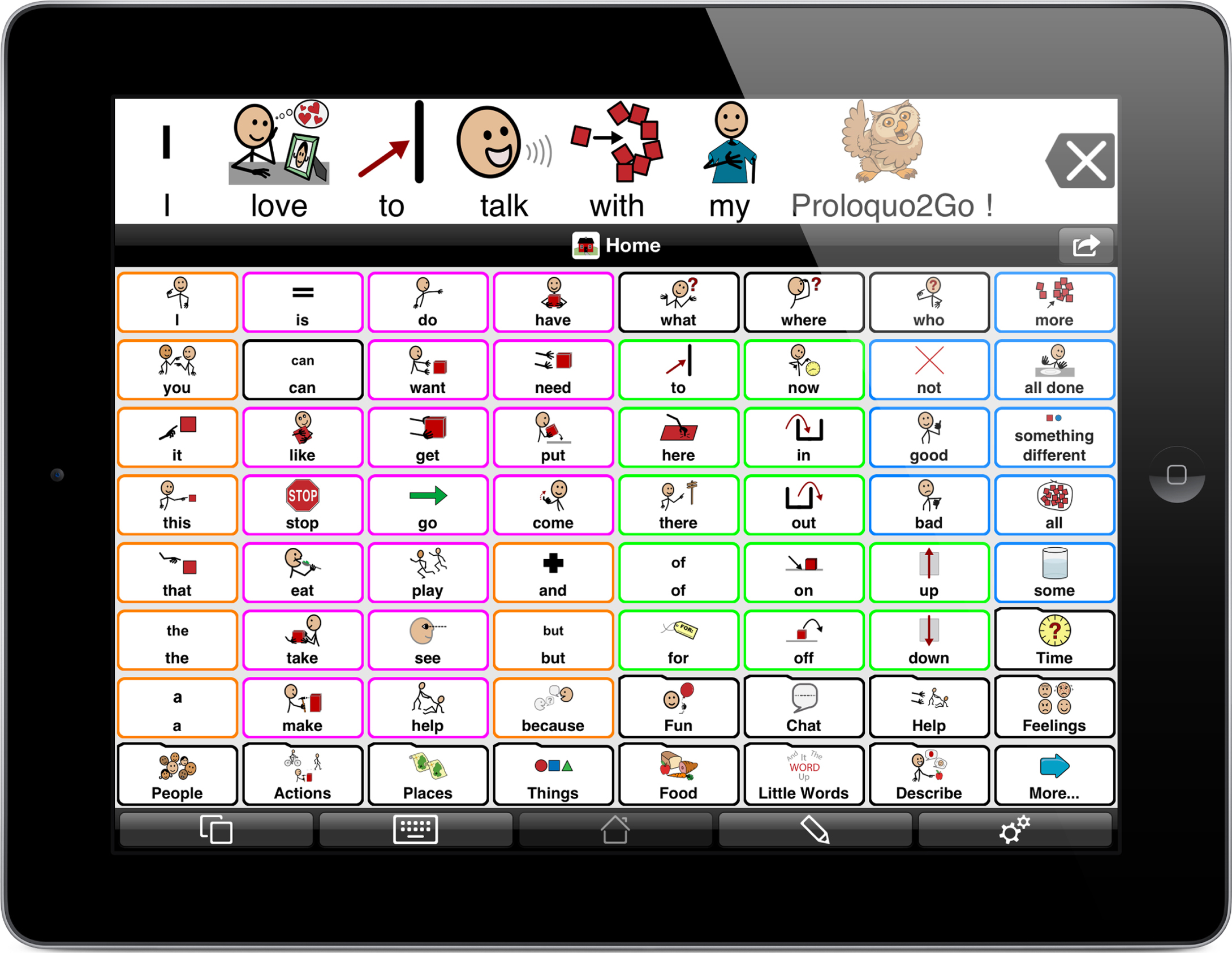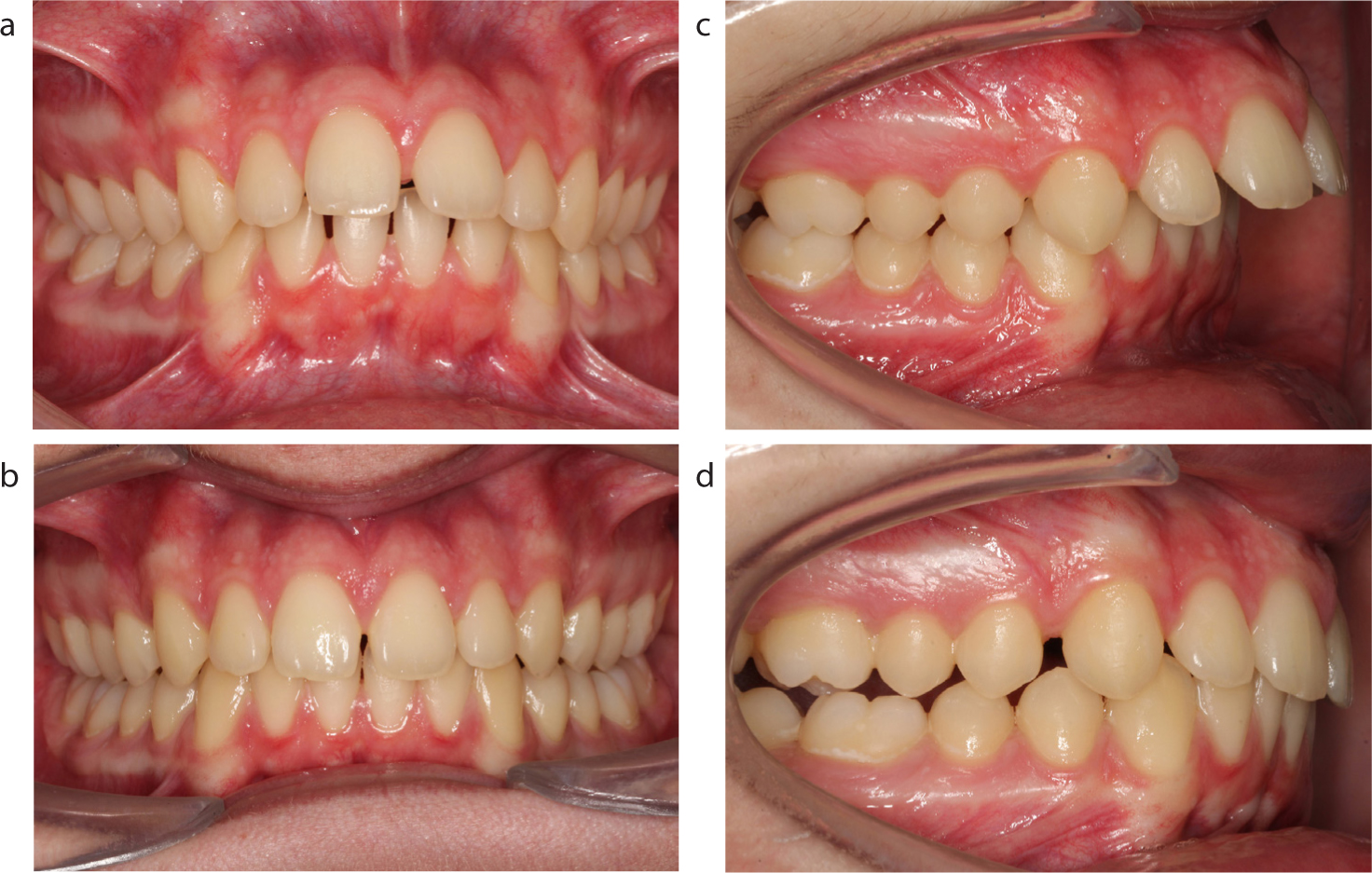Abstract
Autism is a life-long developmental disability that affects how people perceive the world and interact with others. The aetiology of autism has not been clearly identified. Affected individuals experience difficulty in social interaction and changes in their environment. There appears to be a higher percentage of malocclusion within the population with special needs than the normal population, and the demand for orthodontic treatment from this group of patients is likely to increase in line with awareness of autism and access to care. The strategies available to manage patients with autism successfully are discussed here.





